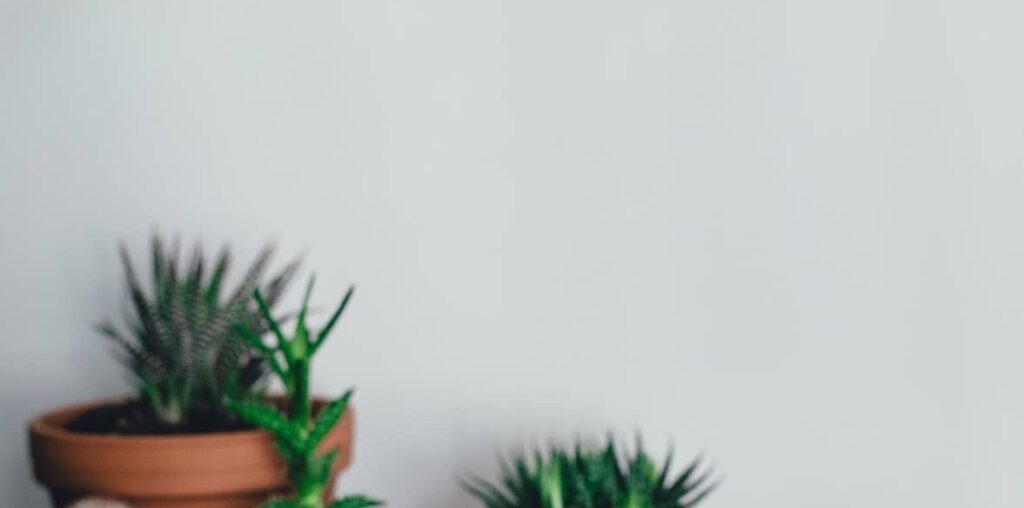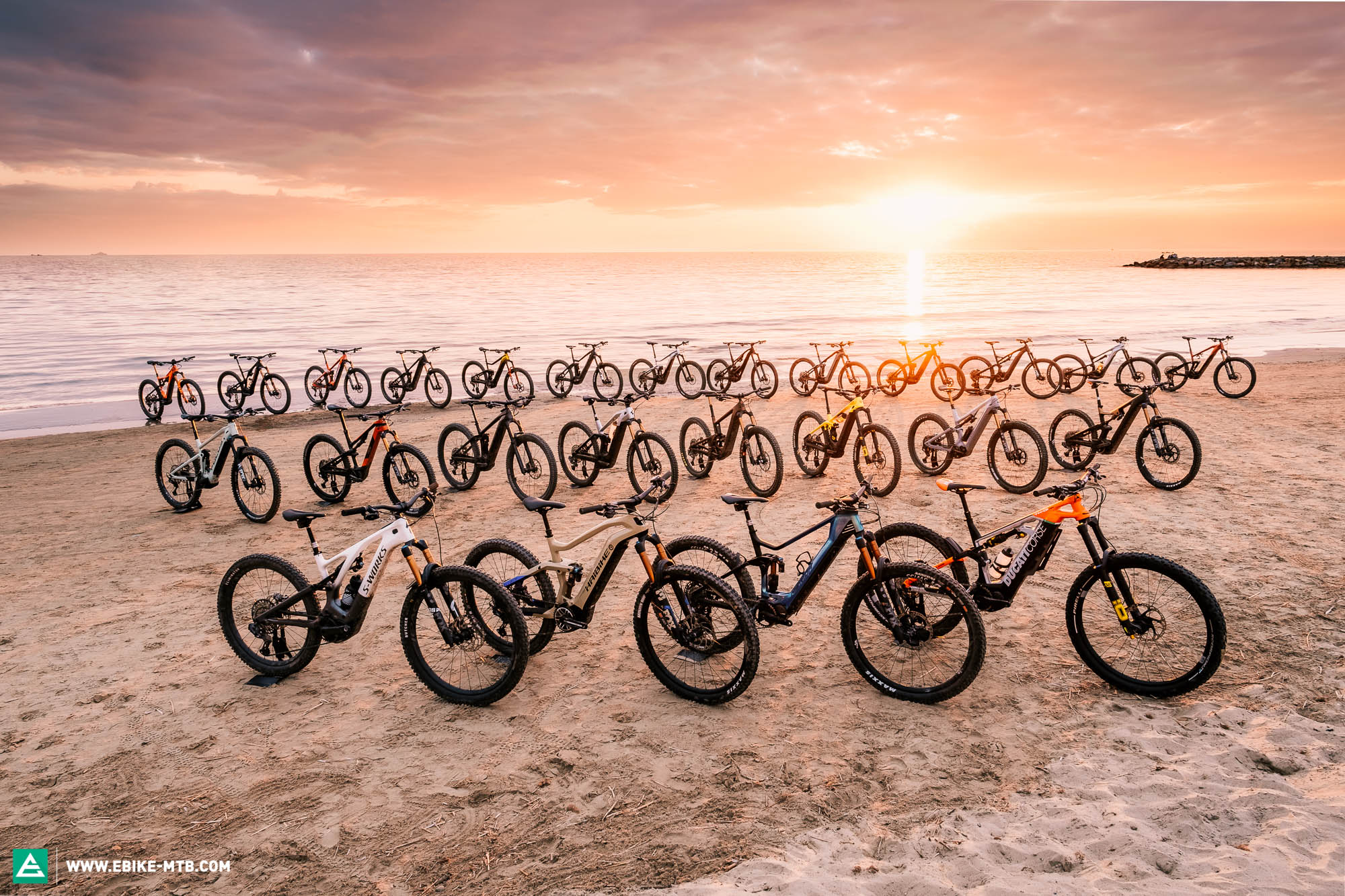She is one of those women people magnetize towards. She’s beautiful, warm, attentive and spiritual, exuding a mix of strength, sagacity, and sincerity that rises from her very core. I respect her implicitly, she’s done the work to earn her wisdom, and it’s palpable.
Though we are both white women, carrying solely European and Scandinavian blood, in our teens and early 20s we’d been drawn to the spiritual practices of Indigenous people in a bid to find belonging. Since, we’ve both respectfully backed off, finding rituals for our spirit grounded in the Celtic, Pagan, Wiccan and Norse practices from which our bloodlines were given life.
She sips her coffee and begins gently, “I just feel like white woman are a lot of the problem, in that they think they can start these spiritual businesses but then they don’t realize that they are appropriating or causing hurt, because they are coming from a place of trying to help”. She sighs softly and takes another sip of coffee, I can see she still holds a sense of guilt which has not yet passed, “but even if you come from that place, that positive place, you can still be wrong. That’s what my lesson was, even though I felt I was trying to contribute in this positive way, I was contributing negatively and encouraging negativity simultaneously”.
Sitting in at my little pop-up table with my random display of creations, a Cree woman who had known me since I was a baby, came up to the table. “Holly”, she said gently, “your dreamcatchers are beautiful, but you should not be selling them”. I was embarrassed, I had been a fan of hers for as long as I could remember and thought of her as a Hollywood star. She would later be my inspiration for beginning a brief career in acting myself. “Why?” I asked, probably feeling the first sweep of anxiety my short life had yet offered me. “You’re not Native”, she said, “the crafts of my people should be profited from by my people, not yours”. I apologized and she helped me take them down from my stall and package them up. “You have to give them away”, she said, and I did. On my way home dropped each piece off at the houses of the various children I babysat at the time, whose parents had afforded me the money to buy the materials they were made from. Though I felt guilty for not knowing better, I felt empowered by my ability to let go.
I grew up with Indigenous people in Manitoba, an Ojibwe midwife brought both my sisters into this world, one of my sisters has a Dakota name, ‘Leotie’, meaning prairie flower, given to her in honour of the ancestors of those whose land we were born on. I was educated on the beliefs of the Indigenous people who I grew up around, I had/have Indigenous friends, attended Indigenous spiritual ceremonies, read books by Indigenous writers, learned Indigenous crafts, and went to so many powwows I can’t hear the beat of a prayer drum without my heart leaping in elation. But I have not, nor should I ever, have the right to profit from these experiences, no matter how much I cherish them. That’s the thing about sharing, it becomes theft when you take what’s offered and repurpose it as your own.
Now, as someone who speaks a Scandinavian language (albeit badly) and has lived and travelled in Scandinavia, the tents she refers to could only be a ‘lavvu‘, which are used by the Sámi, a similarly marginalized Indigenous group who inhabit Sápmi, an area which today encompasses pieces of Norway, Sweden, Finland, and Russia. So, still an appropriation of culture, regardless of the exact location of ‘inspiration’.
Profit over people again.
WHY PROFITING FROM APPROPRIATION ISN’T APPROPRIATE
Our behaviour in terms of appropriation of culture is similar to our behaviour towards the planet, we (mostly white people) take what we want (mostly from marginalized communities), hoard it, abuse it, sell it for a profit, and then act surprised when the results of our actions are negative. At best, we retract, apologize, and change. At worst, we become defensive and divisive, turning a blind eye to the problem and continuing the abuse.
Others insisted that Indigenous groups should “compromise”, or asked me why we should “punish ourselves for what our ancestors have done”. I was even more surprised that most of these women spouting racist rhetoric my way, were women participating in ethical fashion promotion, a movement rooted in ensuring the rights of marginalized people are considered.
To understand why you can’t take what you want from Indigenous people, and why we should consider what our ancestors have done, you have to understand the history of colonization in the Americas. It is complex but horrific, and if you’re not familiar with it, then it is time you get to know it.
Canada’s first prime minister, Sir John A. MacDonald made it policy to starve First Nations people to death, he criminalized powwows, Potlatch, and all religious practices and restricted First Nations from leaving their reservation without permission from their Indian agent while he continued to steal land from under their feet.
From the 1880s until 1996, the Canadian government kidnapped 150,000 Indigenous children, some as young as 4-years-old, from their parents and placed them in residential school systems in a bid to aggressively assimilate them. These church-run schools forcibly and often violently stripped children of their language, culture, identity, spirituality, parents, community, and siblings. Throughout their years of forced Euro-Canadian and Catholic education, students lived in substandard conditions and endured physical, emotional, spiritual, psychological and oftentimes, sexual abuse, for the entirety of their childhood and teen years.
The lasting cultural impact on Indigenous communities has been, unsurprisingly, extensive, widespread, and heartbreaking. Wreaking havoc on the mind, body and soul of multiple generations. It has not come to an end either, recently, the coerced and forced sterilization of Indigenous Women (and men) in Canada and the U.S was uncovered, with minimal coverage from the media.
In Canada, Indigenous people did not have the right to vote until 1960, 44 years after women were given that right to vote in the same country. Indigenous people were also not allowed to practice dances and ceremonies again until 1951 in Canada, while in America, Indigenous religious practices were outlawed until 1978. Just to give you some perspective on recent this is, my husband was born the same year, and the publisher of Kiera Fogg‘s ‘smudging book’ mentioned above, Llewellyn Books, has been publishing books 77 years longer than Indigenous people have had the right to even practice smudging rituals without being jailed, killed, or forced to convert in response.
So, no. It doesn’t really make sense Kiera Fogg, Llewellyn Books, nor any non-Indigenous person should profit from what’s left of their cultural practices, does it?
The Indigenous peoples of what we now call the Americas have suffered in unimaginable ways for hundreds of years at our hands due to the ambition of our ancestors, and we still haven’t relented. The more we continue to perpetuate pain, the longer their pain will extend. We don’t get to tell them to “get over it” or “compromise” we get to help them heal in any way we can, and we get to apologize.
THE ROAD TO DECOLONIZATION
We can’t change the violent, selfish course of history our ancestors drove, but we can transform the future into something brighter, and better, than the past we’ve come to know. It requires a lot of uncomfortable growth, many mistakes, and an abundance of apologies. It requires us to listen, learn, empathize, apologize, and realize that many aspects of our life, no matter how ‘woke’ we feel, require us to shine a light on the dark shadows our society has planted in us.
It’ll take work to unwind those roots, but the very act of untangling the mess which muddies our view will bring us to a new level of understanding about ourselves as individuals and as communities, and more importantly a deeper understanding of the people we offend with our actions and words.
LISTEN TO INDIGENOUS PEOPLE
An article like this, by a white person by me, is my (perhaps clumsy) attempt to bring this issue to light to my (probably mostly white) readers. My voice is not important in this issue, what is important, is the voices of Indigenous people, so educate yourself on their history, experience, and perspective. Listen to podcasts by Indigenous people, read articles by Indigenous journalists, watch movies written and directed by Indigenous people, read books written by Indigenous writers, follow Indigenous influencers, and attend open events held by Indigenous people in your community. I’ve found Simon Moya-Smith’s ‘100 Ways to Support—Not Appropriate From—Native People‘ helpful, as well as this Indigenous Ally Toolkit. The University of Alberta is also offering a 12-lesson Massive Open Online Course which explores Indigenous histories and contemporary issues in Canada.
SUPPORT AN INDIGENOUS ARTISTS INSTEAD OF SUPPORTING A NON-INDIGENOUS PERSON FROM PROFITING INDIGENOUS CULTURE
Indigenous people have the right to decide when, how and with whom, their cultural practices and creations are shared. As a general rule, it is a good idea, not to try to profit from a culture you are not a member of, especially when it comes to objects which hold particular spiritual and cultural meaning. Similarly, it makes logical sense that you should not support people profiting off a culture they are not a part of. Purchasing a dreamcatcher, moccasins, mucklucks, sweetgrass, clothing, accessories and Indigenous art from Indigenous people ensures you are shopping ethically and authentically, while simultaneously halting the racist economy which renumerates white people and white people’s businesses from profiting off their culture.
A FEW RESOURCE LINKS TO INDIGENOUS OWNED BUSINESSES
FIND OUT WHO YOU ARE
Look at your family tree, or do a DNA test to find out from what cultures the majority of your bloodlines stem. Having a bit of Indigenous blood does not give you free rein on appropriating culture. Start to discover the spiritual traditions your ancestors held. If you’re white, often this will be Celtic, Pagan, Wiccan and Norse practices, which are all based around worshipping the living earth. This may help you identify with spiritual practices and identity which don’t involve appropriating cultures that are not your own.
IMAGES: Annie Sprat





